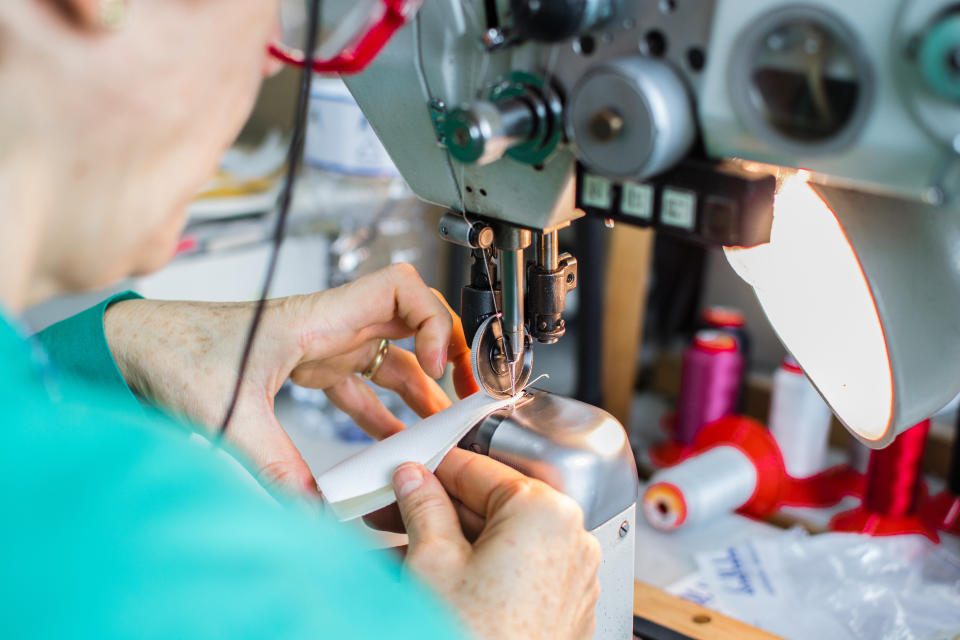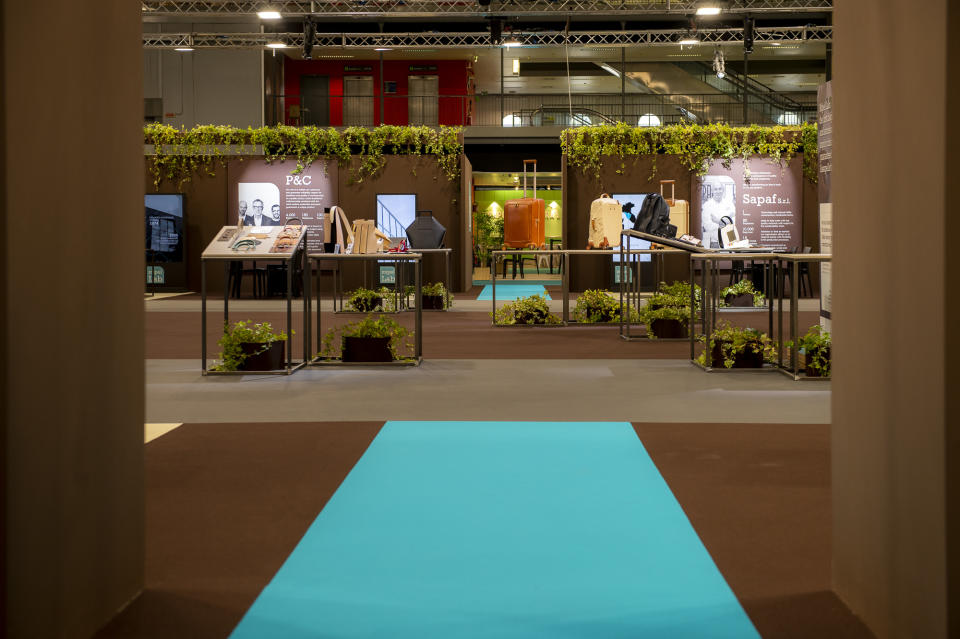Matchmaking Platforms Supporting Italy’s Fashion Supply Chain Gain Steam

MILAN — The brisk rebound fashion has experienced in the aftermath of the pandemic’s gloomiest seasons is not entirely putting the supply chain in a safe place.
The ongoing volatile economy and geopolitical instability are closely monitored, especially by small- and medium-sized textile makers and manufacturers, which constitute the backbone of Italy’s internationally acclaimed fashion pipeline.
More from WWD
A range of initiatives in the country are coming to the rescue, aiming to provide these companies with opportunities to keep their businesses steadily growing, promoting matchmaking between established or up-and-coming brands and the local supply chain, as well as compensating for the marketing prowess these companies often lack.
Entrepreneur David Clementoni has been supporting SMEs since 2015, way before the pandemic would disrupt business. Under the moniker Italian Artisan, he has developed a platform recruiting firms sized between four and 100 employees, third-party manufacturers spread across 30 out of 54 of Italy’s fashion manufacturing hubs, and facilitating their engagement with international fashion brands and retailers.
“When we launched it, we didn’t have a tech platform-enabled service and the project was intended to allow up-and-coming and start-up brands [to] develop their collections in Italy,” the entrepreneur said.
The platform was introduced in its current version in 2019 and has amassed around 700 manufacturing firms, a growing number Clementoni said, as he and his team keep scouting for players to add, and more join via word of mouth, provided they can show manufacturing, business and financial stability.

Courtesy of Italian Artisan
Italian Artisan’s goals have evolved as more brands, established and larger in size, have joined the platform aiming to re-shore production from abroad to leverage the valuable Made in Italy label, which oftentimes guarantees a premium and luxury positioning, and to develop brand extensions in the fashion arena. As of June, the platform counted 10,000 registered brands.
“More than matchmaking, our goal is to ensure business is effectively and efficiently carried out. We’re more facilitators than we are intermediaries,” Clementoni said, explaining the platform’s business model is based on royalties from produced goods and add-on services Italian Artisan provides.
Similarly, Italy’s association of leather goods manufacturer Assopellettieri has been fine-tuning its Mipel Lab format, developed in tandem with tanning industry trade show Lineapelle to favor business relationships between manufacturing firms and fashion players that do not already produce in Italy.
Introduced as an area within Lineapelle’s biannual fair, the format is debuting a digital business-to-business platform in collaboration with the Intesa Sanpaolo bank and with tech support by Ds Group, which provided the AI-enabled software.

Courtesy of Mipel
“If we could draw to Italy even only 5 percent of fashion companies which don’t already see Italy as a manufacturing hub, we could provide SMEs with plenty of business,” said Danny D’Alessandro, Mipel’s chief executive officer.
“It’s our duty as an association to seek new business opportunities for our enterprises,” echoed Assopellettieri president Franco Gabbrielli.
The move reflected a shifted scenario, as leather goods firms in the country have been transitioning toward third-party manufacturing in light of declining sales for house brands, swallowed by competition from fashion powerhouses with marketing prowess.
It counts 16 manufacturers, which together post revenues of 500,000 million euros, and a few dozen brands.
“The goal is to promote the country’s supply chain and engage brands that don’t produce here because of higher costs, but which may be facing snafus due to increasing production and logistics costs from overseas manufacturing, especially China. It’s a great opportunity to work in synergistically,” D’Alessandro said.
Clementoni has witnessed a similar scenario in recent years.
“Brands viewed manufacturing costs as squandering, all the more so because they often had two to four intermediaries in their journey to install production in Italy, which dented the bottom line and entailed waste of resources,” he said. “Also, there was an issue with trust as brands are seeking production partners that can be reliable…and able to offer high-value services that small manufacturers often couldn’t. Lastly, neighboring countries such as Spain and Portugal were seen as less expensive, which is no longer the case.”
As its unique selling proposition shifts from consulting to business facilitator, Italian Artisan has forged ties with British platform Arts Thread, which counts 300,000 users from fashion schools across the globe, and Italy’s Camera Buyer allowing local retailers to develop house brands. Overall, the platform aims to draw 60,000 brands by 2028 and generate more than 370 million euros in business.
Sign up for WWD's Newsletter. For the latest news, follow us on Twitter, Facebook, and Instagram.

 Yahoo Movies
Yahoo Movies 